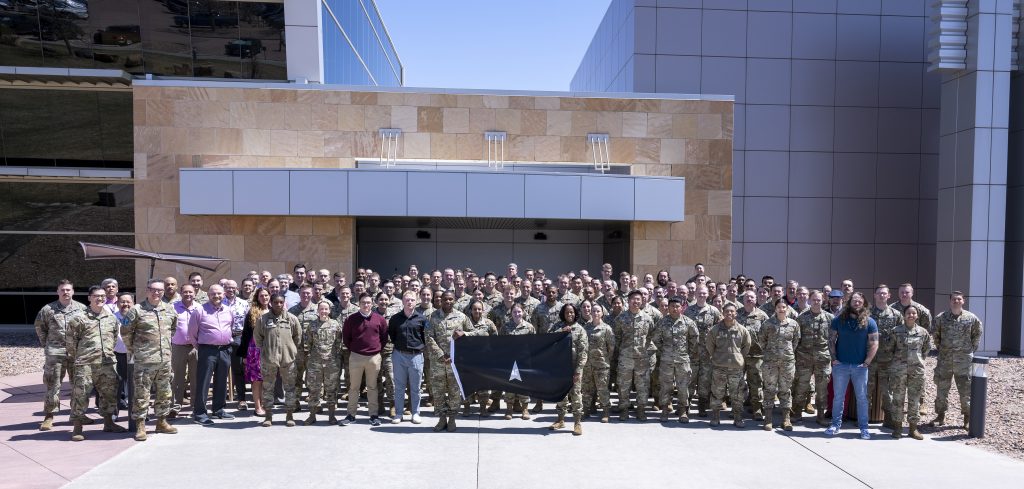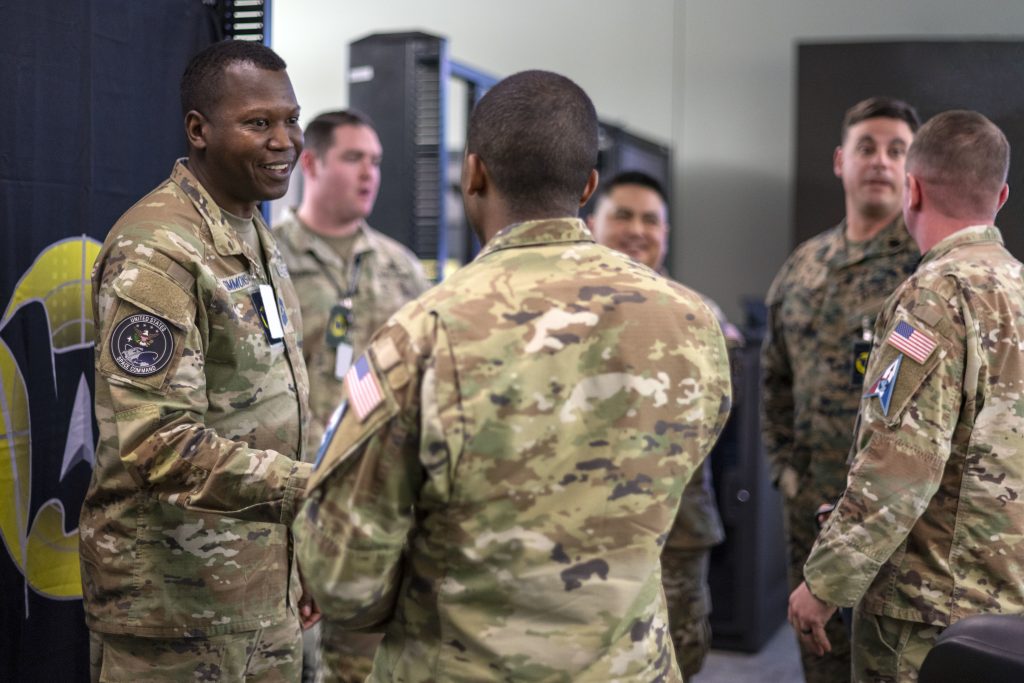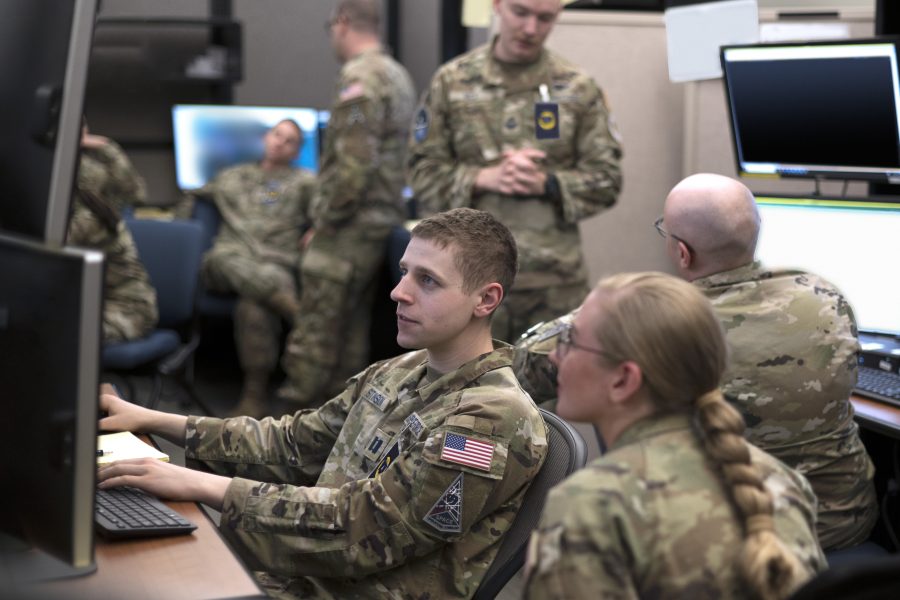The Space Force’s premier exercise was restructured and expanded for its latest iteration, as planners emphasized Guardians’ ability to integrate into a larger operational plan.
The thee-week Space Flag 24-1 brought together 400 participants at at Schriever Space Force Base, Colo., in April—up from 250 or so in the biggest prior Space Flag event.
“It is important that Space Flag expands,” Lt. Col. Scott Nakatani, commander of the 392nd Combat Training Squadron, told Air & Space Forces Magazine. “It needs to expand to cover down all of the mission areas and those critical units that are preparing to be presented. So we expanded greatly. We definitely maxed out our spaces.”

More than size, Space Flag also expanded beyond tactical training for the first time, include operational support for warfighters.
“Space Flag in the past has been tactical mission plan, tactical execution—plan, execute, plan, execute,” said Capt. Lane Murphy, exercise director. “So now it’s kind of transitioned to, instead of advanced training, it’s more operational readiness to execute effective support of an [operations] plan.”
In prior years, mission planning and execution were conducted on the tactical level, but this year, the entire first week was devoted to developing overarching operational plans, which were then passed on to mission commanders. The next two weeks focused on collaborative planning efforts from approximately 20 units across Space Operations Command to execute the plan, which were then tested in “fly-out” simulations against a thinking adversary, according to a Space Training and Readiness Command release.
“We did that to be more realistic,” Murphy said. By bringing planners and different operators together, he added, teams can see how their actions affect other units and adjust accordingly.
Nakatani declined to say exactly what scenarios Guardians faced in this Space Flag, but he did say they were meant to emphasize integration into broader operations.
“It was informed by two real world O-plans, and we based them off of the most likely and most dangerous intelligence assessments of how those O-plans would execute,” Nakatani said. “And this is the first time that we have gone down a hard O-plan-informed scenario. We may have previously seen tasks that would be called out in an O-plan make their way into Space Flag. But this is the first time that we ran down as though the forces were expected to support an ongoing operation.”
Space Flag’s evolution seeks to align the exercise with the Department of the Air Force’s broader effort to “re-optimize for great power competition,” Nakatani added. Back in February, the department announced among its 24 decision that it wanted to “conduct a series of nested exercises in Space Force that increase in scope and complexity, fit within a broader DAF-level framework, and are assessed through a Service-level, data-driven process to measure readiness.”
Space Flag was the first major example of that effort.
“Space Flag still teaches integrated mission planning, but it’s more focused on how those space forces come together into an integrated sortie to meet combatant commanders’ intent,” Nakatani said. “And all of that’s directly in line with our direct marching orders, our new direction from the secretary, from the CSO.”

